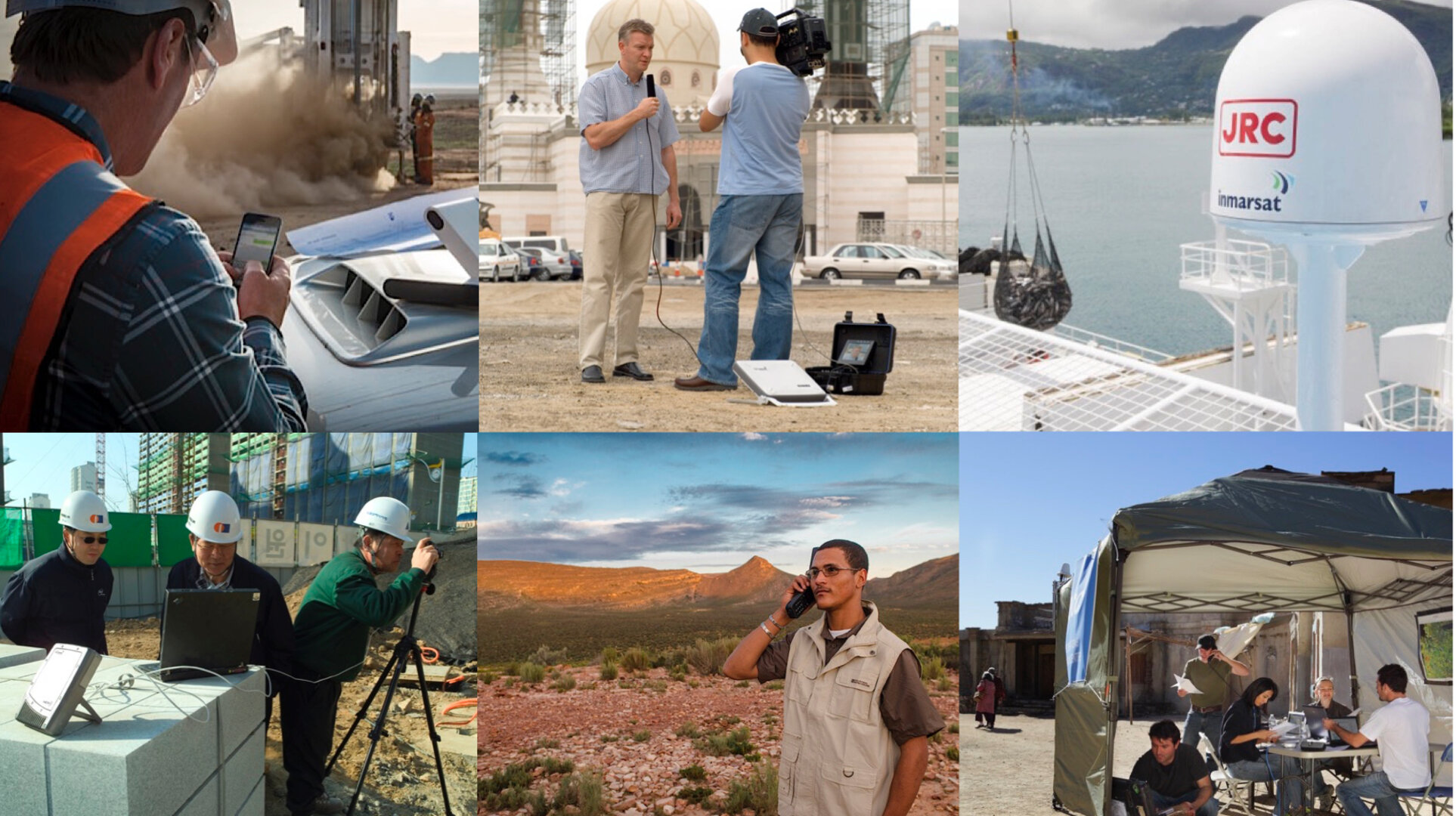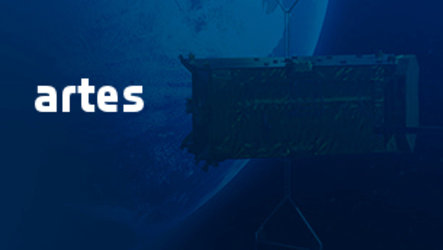ICE
The Inmarsat Communications Evolution project, ICE, is giving European industry the opportunity to shape future mobile satellite services on land, at sea and in the air under a public–private partnership between ESA and UK-based Inmarsat, the leading provider of global mobile satcoms.
ICE is part of ESA’s ARTES 33 Partner programme that provides the satcom industry with an efficient framework to bring innovative products and systems into the marketplace through industry-generated public–private partnerships.
The project offers industry an opportunity to propose innovative technologies and approaches that will improve and expand the communication capabilities and market reach of Inmarsat`s current and future generation of Ka-band and L-band satellite systems, and its associated products and services.
The project has two aims. The first is to define the system and identify enabling technologies, both in space and on the ground, that could: maximise the throughput and coverage of satellite communications, lead to smaller and cheaper terminals, develop modular components that can be easily integrated into a broad range of devices, and maximise the commercial opportunities presented through the development of connected applications, from automated transport to environmental monitoring.
The second aim, starting in 2017, is to develop and implement the satcom approach addressing user applications and services through to ground and space infrastructure.
The innovations will include improvements in optical communications that will provide high-speed links for interconnecting orbital, ground and aeronautical assets.
ICE will expand the future range of mobile satellite services.
An open architecture with standardised interfaces will ensure an easy entry point for application developers that will stimulate the creation of new products and services.
Inmarsat is leading the end-to-end system design work with support from Airbus in the UK, France and Italy. Ruag in Switzerland will lead the design of optical technologies.





